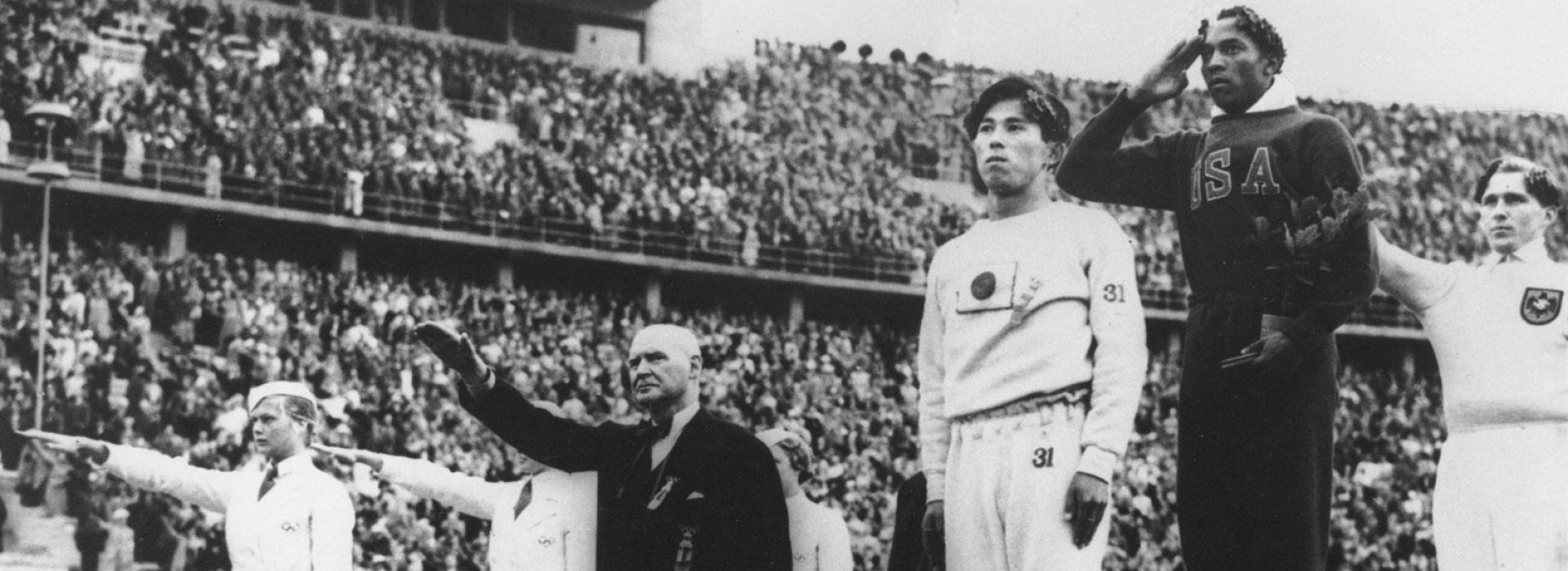Over the past 150 years, many people worked hard and fought valiantly — and sometimes even died — to expand the right to vote to all Americans. Today, no matter your gender, race or income level, American citizens 18 or older have the right vote. Yet, voter turnout rates in the United States, especially during midterm elections like those on Nov. 4, are among the lowest in the world (PDF). For certain groups, like poor people and young adults, turnout rates are even lower. In a country that prides itself on its democratic values, why don’t more people vote? And what can we do to get more people to participate in our democracy?
In this lesson, we help students make connections among voter participation rates, the history of voting rights and new state voter ID laws. We also provide several ideas to help students investigate topics further, for example, by debating new voting requirements and creating get-out-the-vote public service announcements, or P.S.A.s.
Use the link below for the lesson plan:
